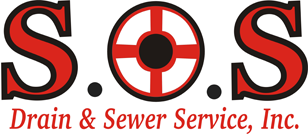A recent report has revealed details of a problem that most people don’t talk about until something bad happens…aging sewer systems.
Most people say nothing about sewage until a problem moves into their home or into a nearby waterway.
Unfortunately, it is not uncommon for sewer system problems to move into an individual’s home in one way or another, whether it is in the form of water in the basement, sewage backup in toilets and sinks, or an actual problem that develops in the home.
Recently, over a million gallons of sewage went into the Minnesota River, which is evidence that 80 year old sewer systems need to be updated. In fact, there are aging sewage systems all over the state. Approximately one-third of Minnesota’s systems are over 50 years old when they were built to last no more than 40 years. In other words, these systems are operating 10 or more years longer than they should be.
This has much to do with people forgetting about the things they cannot see. Sewer systems are not seen like power grids, bridges, and roads. Usually, the average person does not even think about their own sewage management until they have a problem in their home, which prompts them to recruit a residential drain and sewer service to take care of the mess.
It has been suggested that Minnesota take advantage of the currently low interest rates so that communities do not have to put off such important investments. Such investments can lead to construction jobs that are needed. It has also been recommended that the state use excess bonding money to fund these essential projects within the smallest communities in the state. This could provide these towns with the boost that they need.
What it comes down to, however, is the need for funding. Residents are not ready to take more money out of their pockets to fund these projects because of economic conditions. It is the same economic conditions that are causing these very important projects to remain undone. In the meantime, the sewer systems are continuing to age, costing even more money in the long-term when repairs are frequently needed.








